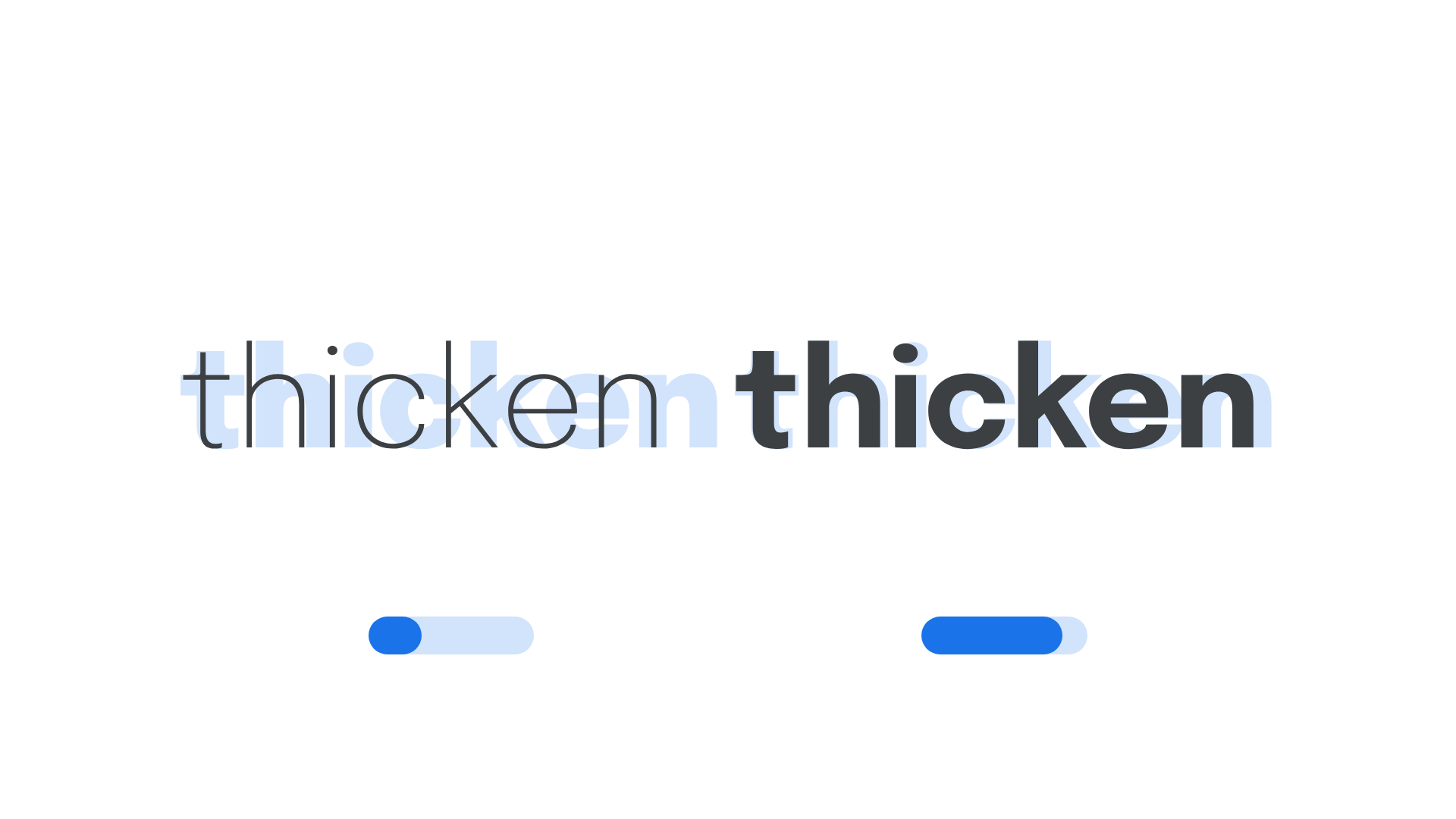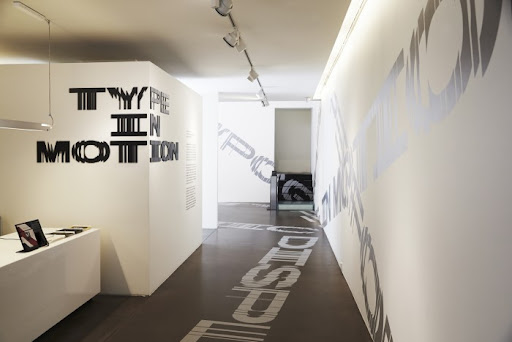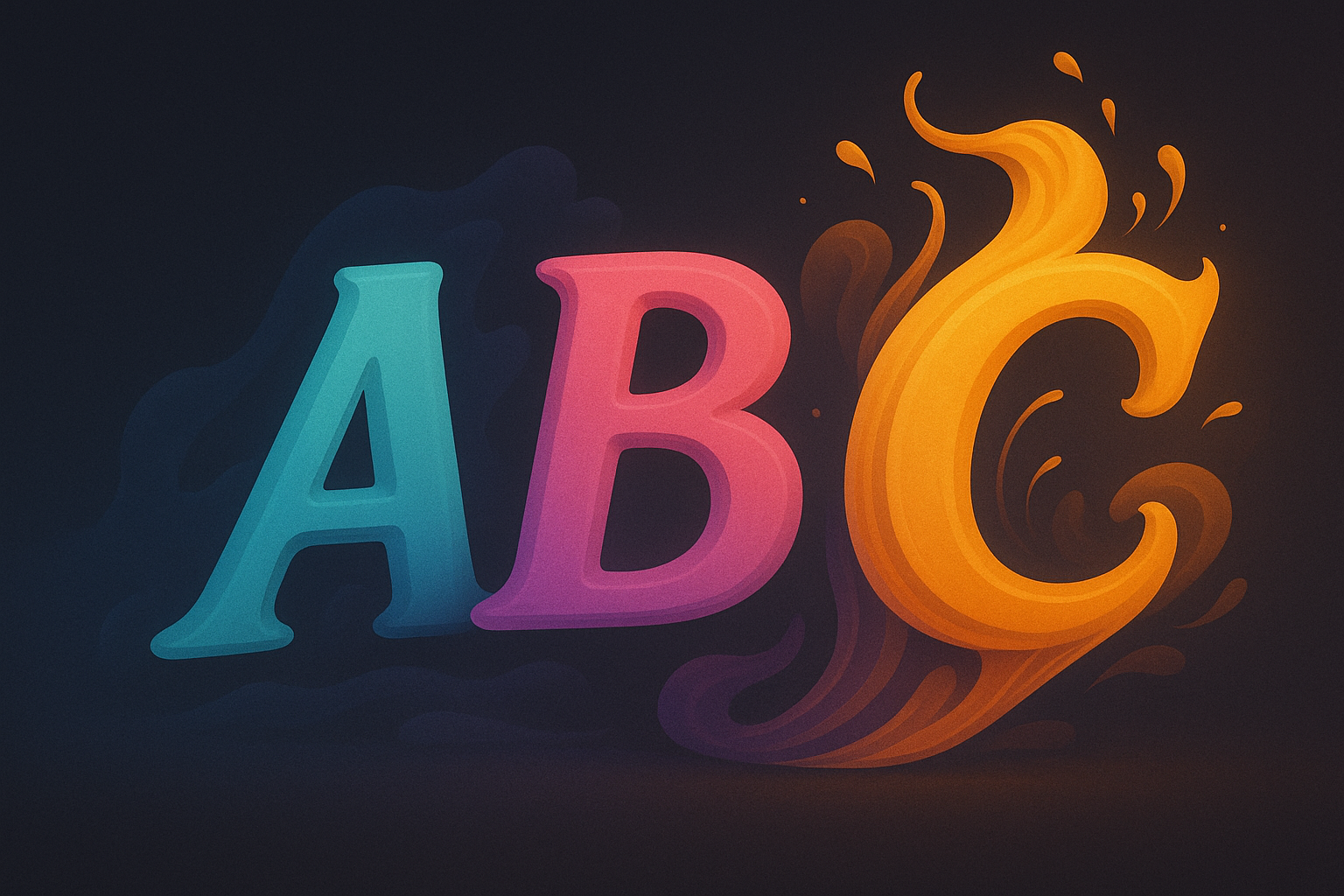Typography in the AI Era | 매거진에 참여하세요
Typography in the AI Era
#Typography #AI #Dynamic #Fonts #Motion #Design #Multimodal #Brand
Letters Come Alive : Fonts Are Back in the Spotlight
Typography has always been a key element of design, yet its evolution was relatively slow.
Minimalist sans-serifs, web fonts optimized for readability, and variable fonts for responsive design dominated the past decade.
“Typography innovation” seemed somewhat stagnant.
By 2025, however, generative AI and dynamic fonts are bringing letters back to the center of attention.
Text is no longer just a medium for information—it moves, morphs, and adapts to context, becoming a visual organism in its own right.
The Rise of Generative Fonts
AI-Based Font Generation
Tools like Midjourney, Ideogram, and Runway allow designers to graphically generate text.
Even the Google Fonts team experiments with AI to create new font variations.
Designers can now request AI to produce fonts with a specific mood or tone, instead of manually designing entire font families.
Brand-Customized Typography
Companies generate AI-powered typefaces aligned with their tone and identity.
Examples:
Eco-friendly brands → curved, natural strokes
Tech brands → sharp, futuristic lines

Dynamic Lettering
Static text is giving way to interactive, responsive letters within UI.
Variable Fonts
A single font can continuously vary in weight, width, and slant.
Example: Roboto Flex on Google Fonts adapts instantly to user preferences.
Motion Typography
Text moves like a living logo in videos or web interactions.
Used in Spotify Canvas or short TikTok ads to enhance engagement.
Interactive Lettering
Letters respond to user actions.
Examples: Headlines that wobble with cursor movement, text that deconstructs/reassembles on scroll.

Real-World Examples
Apple Liquid Glass UI (2025)
Typography behaves like liquid, adding depth and making reading an experiential act.
Adobe Express AI Typography
AI suggests context-appropriate fonts, e.g., soft sans-serif for wellness campaigns.
GUCCI Web Campaigns
Text deforms interactively with mouse movements, merging luxury branding with playful interaction.
How Designers’ Roles Are Changing
Font Designers → Curators
Instead of creating fonts from scratch, designers curate and refine AI-generated variations.
UX Designers → Motion Directors
Text is no longer static; interaction timing and movement must be carefully designed.
Brand Designers → Multi-Media Orchestrators
Typographic experiences now span print, web, apps, and video.
Advantages and Limitations
Advantages
- Stronger brand identity: Unique fonts are easier to create.
- Higher engagement: Moving letters attract and hold attention.
- Experimental expression: Breaks traditional typographic boundaries.
Limitations
- Reduced readability: Excessive deformation can hinder communication.
- Tech dependency: AI fonts pose quality and copyright uncertainties.
- Consistency challenges: Too many variations may dilute brand identity.

Future Outlook
- Real-Time Generated Fonts:
UI typography adapts to user mood and environment.
- Multisensory Typography:
Combines sound and haptics—“visible + tangible letters.”
- AI Font Marketplaces:
Designers can create and sell AI-generated font variations.
- Cultural Expansion:
AI learns diverse writing systems, enabling hybrid global typefaces.
Conclusion
Typography in the AI era is no longer static.
Generative fonts and dynamic lettering turn text into a living design element.
Designers are evolving into typography directors, orchestrating movement, context, and brand consistency.
Brands’ voices will be remembered not only by their logos but by letters that move, adapt, and express themselves.






